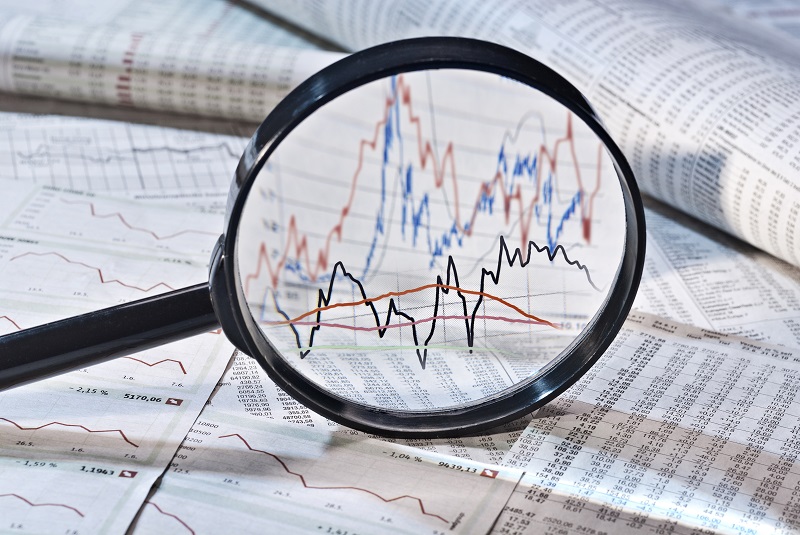Zillow Market Pulse: October 30, 2020
Record Q3 2020 quarterly growth for the U.S. economy masks an uneven recovery. Housing indicators maintain strong streak.

Record Q3 2020 quarterly growth for the U.S. economy masks an uneven recovery. Housing indicators maintain strong streak.

Headlines that (accurately) proclaim the U.S. economy grew at a record pace in the third quarter of 2020 from the previous quarter fail to tell the story of the true state of the economy. The 7.4% quarterly growth in real GDP – or 33.1% at an annualized rate — was indeed the strongest quarter-over-quarter improvement in the metric that the nation has ever seen, based on records that go back to 1947. But after the economy fell by 9% in Q2 – or 31.4% at an annualized rate – a strong bounceback was always expected in Q3, especially given the slew of federal assistance programs that were offered for months earlier in the pandemic. A deeper reading of the report shows that the economy has only partially recovered from the collapse earlier in the year. About two-thirds of the losses from the first half of 2020 have been recouped, and GDP is now about 3.5% below where it was at the end of last year, before the pandemic arrived.
In addition to the headline figures, yesterday’s Q3 GDP report highlighted the stark differences in how various sectors have fared during the past few months. As was to be expected, personal spending on services – anything from medical appointments to sporting events – improved by far less than did overall spending. Services spending improved 8.4% from Q2 but remains 7.7% below Q4 2019 levels. Personal consumption of goods, meanwhile, is up 6.7% over the same period. This divergence could act as a warning sign for the economy going forward. Consumption of household goods has improved as people look to replace their consumption of services – for instance, buying exercise equipment to replace their gym pass. But at a certain point, demand for these sorts of products will wane. Meanwhile, services consumption will remain directly tied to the pandemic’s spread or suppression, and won’t recover until people feel comfortable frequenting public places. That poses real risk to the overall economy of which service-based sectors make up about 80% of the total.
One bright spot in the report was the role of residential investment in driving improved economic output in Q3. Residential investment – a collection of new single- and multi-family home construction, home improvement projects, broker commissions and some other minor factors – increased 12.3% on the quarter, or 59.3% at an annualized rate. Investment in home improvement projects and broker commissions each saw strong gains on the quarter, as renovations and home sales each have seen a strong stretch through most of 2020. Investment in single-family homes ticked up at an annualized rate of 5.5% on the quarter, but its contribution to overall GDP remains very low – below the lowest level reached during any recession dating back to 1959, aside from the Great Recession. Given recent trends in new home sales and home builder confidence, this suggests there is potential for much more single-family home construction in the coming quarters.
Click here to read past editions of Zillow’s Market Pulse updates.